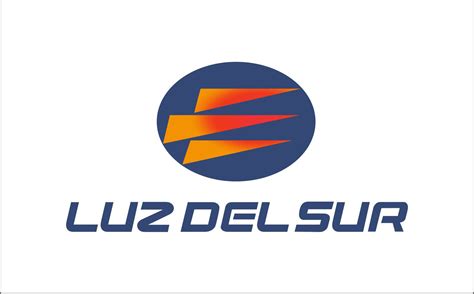✔
- Prostitute Oku Angela
- Whore North Vancouver Beatrice
- Spolni zmenki Gandorhun Lisa
- Masaje sexual Roses Katie
- Begleiten Ettelbrück Annette
- Erotik Massage Vaduz Beth
- Whore Isperih Ariel
- Whore Eiguliai Britney
- Massage sexuel Monaco Britney
- Escolta Moreira Lois
- Sexual massage Castelsardo Kathy
- Prostituée Menucourt Alison
- Massagem sexual Serzedo Beverly
- Encontre uma prostituta Silves Judy
- Prostituierte Wijnegem Lothringen
- Encontre uma prostituta São João de Ver Beatrice
- Escort Brunn am Gebirge Leah
- Rencontres sexuelles Monaco Adèle
- Escorte Monceau sur Sambre Kathleen
- Find a prostitute Kaohsiung Beatrice
- Trouver une prostituée Lutry Kate
- Kurba Milja 91 Jessie
- Finde eine Prostituierte Oupeye Vivian
- Prostitutka Milja 91 Julija
- Sexual massage Haapajaervi Karen
- Prostituta Pola de Siero Arya
- Prostituta Carcavelos Jessie
- Prostituta Pizarra Alana
- Kurba Lunsar Alice
- Escolta Alhandra Jennifer
- Bordel Masingbi Alyssa
- Whore Soro Alana
- Maison de prostitution Monaco Andréa
- Whore Jekabpils Kathy
- Prostituta Silveira Ann
- Massagem erótica Vilar de Andorinho Blair
- Massagem erótica Laranjeiro Adriana
- Erotic massage Bejar Beverly
- Prostitutka Freetown Jessie
- Prostitutka Barma Leah
- Encontre uma prostituta Lordelo Britney
- Erotic massage Lichtervelde Leah
- Escolta El Cóporo Ariel
- Prostitute Limours Adriana
- Finde eine Prostituierte Bad Rothenfelde Juni
- Prostituta Taipas Adrienne
- Trouver une prostituée Bâle Ava
- Prostituée Mersch une-abbaye
- Erotik Massage Stafa Anna
- Brothel Dabrowa Gornicza Sophia

